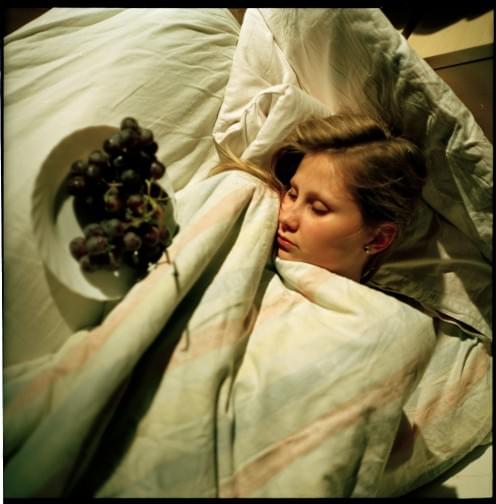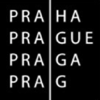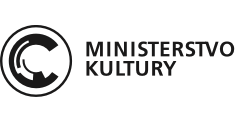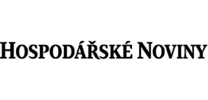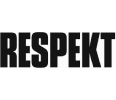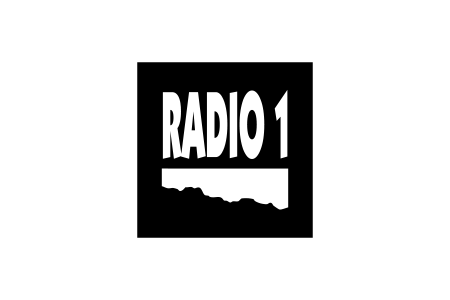Peter Fabo: Name, Town, Animal, Thing
1 Feb – 5 Mar 2016

The exhibition takes place at the Art Archive at DOX as a part of project Shelf.
Exhibition opening: 1 Feb, 2016, 5 pm
“In front of the lens, I am at the same time: the one I think I am, the one I want others to think I am, the one the photographer thinks I am, and the one he makes use of to exhibit his art.”
Roland Barthes: Camera Lucida
Form follows function. The function of applied art is to serve. The function of art? Art. Its sense rests in the senselessness of tautology. Freedom. And so for fine art, ISO, composition, exposure, and resolution are only numbers.
A photo book can come about in two ways. You can pick a name, a format, a subject, and perhaps even its content. And then search for, compose, collect images. In this case, only you are the author – and your rules. But if you give everything an entirely precise order, if the entire book has a clear structure, if composition, exposure, resolution, and the model were precisely where they were supposed to be – the book will be perfect. And for me, boring.
Roland Barthes writes: “What do I care for the rules of composition? {...} A photo attracts me if I free it of the usual twaddle: ‘Technique’, ‘Reality’, ‘Reportage’, ‘Art’, etc.: don’t say anything, close your eyes, and just let the detail enter your affective consciousness.”
Why of all things is photography accompanied by so much controversy within the context of fine art? It is dangerous. It touches reality – yet always transforms reality. It is treacherous, because one needs a tool – a camera, and this contact with technology encourages error, to connect art with the simple ability to manipulate a device. But manipulation of a device is a craft. Mastering a craft is a question of skill and industriousness. And even a master – a professional – is just a top craftsman.
Fine art does not respect customs. Art and craft are thus seemingly in apposition. Learning the rules of working with a material is a question of humility. To then break them is a sign of rebellion. This isn’t – and is – hard to understand.
Peter Fabo (1983) is a photographer and a teacher at the Academy of Arts, Architecture and Design in Prague. He devotes himself to both digital and analogue photography, he shoots professionally as well as for himself. However, his personal archive of photographs also includes what the equipment’s instruction manual does not permit, even directly prohibits. Out-of-focus images. Under- and over-exposed. Mobile phone photos and scratched negatives. Grainy enlargements with traces of dust.
The artist’s books that Fabo is exhibiting at Polička/Shelf in Art Archive were created by selecting images from these personal archives. He thus did not create the photos accompanied by the awareness of their presentation. He didn’t retouch or compose with the awareness of the concept of a whole. The books came about through their selection and synthesis into a narrative. One that is different every time (and for every one).
Exhibited books:
DIANA is the name of Petr’s wife. The chosen sequence of photos does not describer her, as would be the case in a documentary series. Petr’s photos say practically nothing specific about her. The book’s concept is a story. But even this the reader need not perceive linearly. The point is simply that it is there. Fabo didn’t modify any of the photos. He intentionally avoids any sort of post-production, protecting their imperfection. Why should I care about dust, scratches, or graininess? Imperfection can be a sign of authenticity. Of honesty.
The small book entitled REM is a collection of girls’ portraits. Petr Fabo photographed sleeping girls on trips between Prague, Bratislava, and Spišská Nová Ves. He captured their likeness during the one moment when they couldn’t pretend anything. In Camera Lucida, Roland Barthes also writes that everyone poses in front of the camera. Yes, but only when conscious. Watching a sleeping person is peculiar precisely because he isn’t aware of it. He cannot pose.
In the end, NAME, TOWN, ANIMAL, THING not an easy book to read visually. It’s concept is broad and the selection of images does not reduce the number of layers. Several narratives (his relationship with his wife, with friends and animals, to his home, town, the narrative of his environment – thus things, and finally the story of the photograph itself, colour – light – image) merge into one.
Here, a reference to experienced reality entirely disappears in a new visual and content-based chronology. Peter shuffles around images from the environment that surrounds him, and creates from them a new, imaginary reality. He places photographs, which continue to also be memory for him, before the visual reader, interconnected with the path he has taken in a different, fictional narrative.
In the book Fabo thus tries to exceed a photograph’s natural relationship with reality. The narrative nature of a number of photographs is not in the reality they display, but remains hidden in the language of technology, colours, work with light. In symbols that the photographer extracts from reality. But perceiving a photograph without relationship to the thing shown – to the reality it captures – is perhaps not even possible. This mutual dependence creates the image.
NAME, TOWN, ANIMAL, THING is a conceptual experiment in which the author himself does not want to be reductive. He doesn’t give us instructions on how to read it. He leaves it up to us how many layers of the story we peruse.
Curator: Anna Pleštilová
